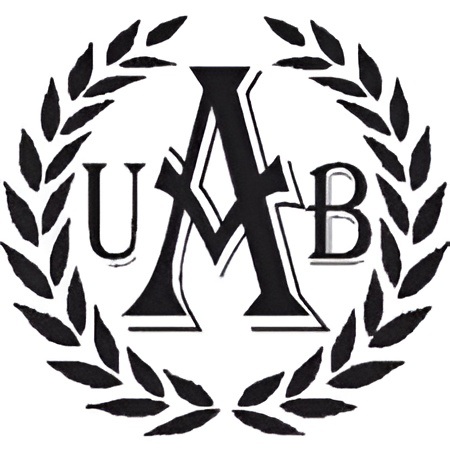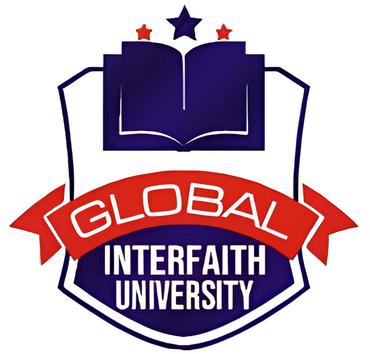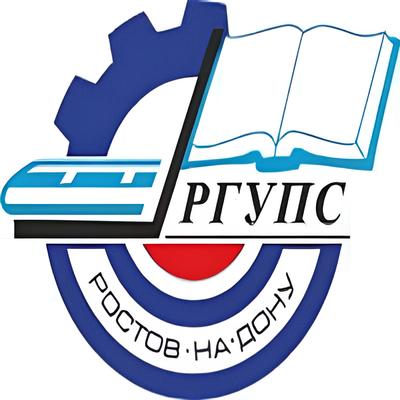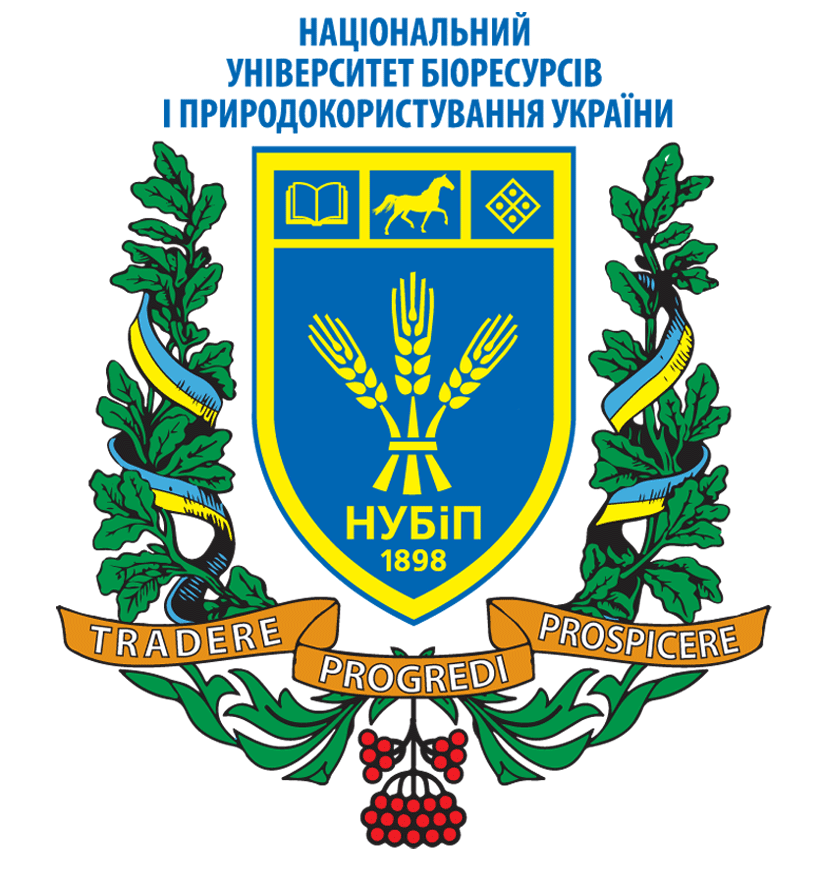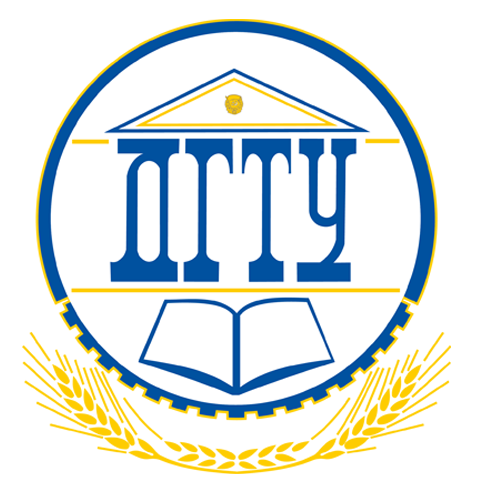A Characterization of Classes of Linear Ternary Codes over the GaloisField GF(3)
DOI:
https://doi.org/10.51867/Asarev.Maths.2.1.3Abstract
Linear cyclic ternary codes defined over the Galois field GF(3) exhibit several advantages over their binary counterparts. For instance, they provide an extra option for each pulse resulting into a larger set of available codes at any given length. This paper presents a comprehensive study of classes of linear cyclic ternary codes of length 25 ≤ n ≤ 50. While binary codes have been extensively studied, the properties and applications of longer ternary codes remain less explored. This study address this gap by providing an in-depth characterization of these codes for the stated lengths. Using computational methods implemented in Magma software, a diverse set of linear cyclic ternary codes over GF(3) were generated and analyzed. The paper provides a multifaceted characterization framework that integrates algebraic, combinatorial, and geometric perspectives, offering a holistic understanding of these codes. This study contributes to the theoretical advancement of non-binary codes and their practical applications in error correction, cryptography, and communication systems.
References
Blahut, R. (1992). A note on binary cyclic codes of blocklength 63. Discrete Applied Mathematics, 106/107, 35-43. DOI: https://doi.org/10.1016/0012-365X(92)90527-M
https://doi.org/10.1016/0012-365X(92)90527-M DOI: https://doi.org/10.1016/0012-365X(92)90527-M
Conway, J.H., & Sloane, N.J.A. (1999). Sphere Packings, Lattices and Groups. Springer-Verlag, New York. DOI: https://doi.org/10.1007/978-1-4757-6568-7
https://doi.org/10.1007/978-1-4757-6568-7 DOI: https://doi.org/10.1007/978-1-4757-6568-7
Daskalov, R., & Hristov, P. (2017). Some new ternary linear codes. Journal of Algebra Combinatorics Discrete Structures and Applications, 4(3), 227-234. https://doi.org/10.13069/jacodesmath.327360 DOI: https://doi.org/10.13069/jacodesmath.327360
Ding, C., & Helleseth, T. (2013). The weight distribution of some irreducible cyclic codes. IEEE Transactions on Information Theory, 59(9), 5898-5904. https://doi.org/10.1109/TIT.2013.2260795 DOI: https://doi.org/10.1109/TIT.2013.2260795
Ding, C., Kohel, D.R., & Ling, S. (2000). Secret-sharing with a class of ternary codes. Theoretical Computer Science, 246, 285-298. https://doi.org/10.1016/S0304-3975(00)00207-3 DOI: https://doi.org/10.1016/S0304-3975(00)00207-3
Ding, C., & Ling, S. (2013). A q-polynomial approach to cyclic codes. Finite Fields and Their Applications, 20, 1-14. DOI: https://doi.org/10.1016/j.ffa.2012.12.005
https://doi.org/10.1016/j.ffa.2012.12.005 DOI: https://doi.org/10.1016/j.ffa.2012.12.005
Ding, C., & Wang, X. (2005). A coding theory construction of new systematic authentication codes. Theoretical Computer Science, 330, 81-99. https://doi.org/10.1016/j.tcs.2004.09.011 DOI: https://doi.org/10.1016/j.tcs.2004.09.011
Ding, C., Gao, Y., & Zhou, Z. (2013). Five families of three-weight ternary cyclic codes and their duals. IEEE Transactions on Information Theory, 59(12), 7940-7946. https://doi.org/10.1109/TIT.2013.2281205 DOI: https://doi.org/10.1109/TIT.2013.2281205
Ding, C., & Yang, Y. (2013). Hamming weights in irreducible cyclic codes. Discrete Mathematics, 313(4), 434-466. DOI: https://doi.org/10.1016/j.disc.2012.11.009
https://doi.org/10.1016/j.disc.2012.11.009 DOI: https://doi.org/10.1016/j.disc.2012.11.009
Ding, C., & Yang, Y. (2010). Optimal sets of frequency hopping sequences from linear cyclic codes. IEEE Transactions on Information Theory, 56, 3605-3612. https://doi.org/10.1109/TIT.2010.2048504 DOI: https://doi.org/10.1109/TIT.2010.2048504
Dinh, H.Q., Li, C., & Yue, Q. (2014). Recent progress on weight distributions of cyclic codes over finite fields. Journal of Algebra Combinatorics Discrete Structures and Applications, 2(1), 39-63. https://doi.org/10.13069/jacodesmath.36866 DOI: https://doi.org/10.13069/jacodesmath.36866
Dodunekova, R., Rabaste, O., & Paez, J.L.V. (2005). Error detection with a class of irreducible binary cyclic codes and their duals. IEEE Transactions on Information Theory, 51(3), 1206-1208. https://doi.org/10.1109/TIT.2004.842758 DOI: https://doi.org/10.1109/TIT.2004.842758
Dougherty, S.T., & Park, Y.H. (2007). On modular cyclic codes. Finite Fields and Their Applications, 13, 31-57. DOI: https://doi.org/10.1016/j.ffa.2005.06.004
https://doi.org/10.1016/j.ffa.2005.06.004 DOI: https://doi.org/10.1016/j.ffa.2005.06.004
van Eupen, M., & van Lint, J.H. (1993). On the minimum distance of ternary cyclic codes. IEEE Transactions on Information Theory, 39(2), 409-422. https://doi.org/10.1109/18.212272 DOI: https://doi.org/10.1109/18.212272
Dougherty, S.T., Gulliver, T.A., & Harada, M. (1999). Optimal ternary formally self-dual codes. Discrete Mathematics, 196(1-3), 117-135. https://doi.org/10.1016/S0012-365X(98)00198-8 DOI: https://doi.org/10.1016/S0012-365X(98)00198-8
Ebeling, W. (2013). Lattices and Codes (pp. 1-32). Springer Fachmedien Wiesbaden. DOI: https://doi.org/10.1007/978-3-658-00360-9_1
https://doi.org/10.1007/978-3-658-00360-9_1 DOI: https://doi.org/10.1007/978-3-658-00360-9_1
Fette, B., et al. (2008). RF and Wireless Technologies. Elsevier, Inc., Oxford, London.
Hamming, R.W. (1950). Error detecting and error correcting codes. The Bell System Technical Journal, 26, 147-160. DOI: https://doi.org/10.1002/j.1538-7305.1950.tb00463.x
https://doi.org/10.1002/j.1538-7305.1950.tb00463.x DOI: https://doi.org/10.1002/j.1538-7305.1950.tb00463.x
Huffman, W.C., & Pless, V. (2003). Fundamentals of Error-Correcting Codes. Cambridge University Press, Cambridge. https://doi.org/10.1017/CBO9780511807077 DOI: https://doi.org/10.1017/CBO9780511807077
Leon, J.S., Pless, V., & Sloane, N.J.A. (1981). On ternary self-dual codes of length 24. IEEE Transactions on Information Theory, 27(2), 176-180. https://doi.org/10.1109/TIT.1981.1056328 DOI: https://doi.org/10.1109/TIT.1981.1056328
Li, C., Zeng, X.Y., & Hie, L. (2010). A class of binary cyclic codes with five weights. Science China Mathematics, 53(12), 3279-3286. https://doi.org/10.1007/s11425-010-4062-z DOI: https://doi.org/10.1007/s11425-010-4062-z
Li, C., Li, N., Helleseth, T., & Ding, C. (2014). The weight distribution of several classes of cyclic codes from APN monomials. IEEE Transactions on Information Theory, 60(8), 4710-4721. https://doi.org/10.1109/TIT.2014.2329694 DOI: https://doi.org/10.1109/TIT.2014.2329694
Ling, S., & Xing, C. (2004). Coding Theory: A First Course. Cambridge University Press, London. DOI: https://doi.org/10.1017/CBO9780511755279
https://doi.org/10.1017/CBO9780511755279 DOI: https://doi.org/10.1017/CBO9780511755279
Luo, J., & Feng, K. (2008). Cyclic codes and sequences from generalized Coulter-Matthews form. IEEE Transactions on Information Theory, 54(12), 5345-5353. https://doi.org/10.1109/TIT.2008.2006394 DOI: https://doi.org/10.1109/TIT.2008.2006394
MacWilliams, F.J., & Sloane, N.J.A. (1977). The Theory of Error-Correcting Codes. North-Holland Publishing Company, Amsterdam.
Martinez, F.E.B., & Vergara, C.R.G. (2016). Weight enumerator of some irreducible cyclic codes. Designs, Codes and Cryptography, 3, 703-712. https://doi.org/10.1007/s10623-014-0026-6 DOI: https://doi.org/10.1007/s10623-014-0026-6
Piva, M. (2014). Algebraic Methods for the Distance of Cyclic Codes. Ph.D. thesis, University of Trento.
Prange, E. (1957). Cyclic error-correcting codes in two symbols. Technical Note TN-57-103, Air Force Cambridge Research Labs., Bedford, Mass.
Shah, T., Khan, A., & Andrade, A.A. (2011). Encoding through generalized polynomial codes. Computational and Applied Mathematics, 30(2). https://doi.org/10.1590/S1807-03022011000200006 DOI: https://doi.org/10.1590/S1807-03022011000200006
Shannon, C.E. (1948). A mathematical theory of communication. The Bell System Technical Journal, 27, 379-423 (July), 623-656 (October). DOI: https://doi.org/10.1002/j.1538-7305.1948.tb00917.x
https://doi.org/10.1002/j.1538-7305.1948.tb01338.x DOI: https://doi.org/10.1002/j.1538-7305.1948.tb01338.x
https://doi.org/10.1002/j.1538-7305.1948.tb00917.x DOI: https://doi.org/10.1002/j.1538-7305.1948.tb00917.x
Tonchev, V.D. (1989). Self-orthogonal designs and extremal doubly even codes. Journal of Combinatorial Theory, Series A, 52, 197-205. https://doi.org/10.1016/0097-3165(89)90030-7 DOI: https://doi.org/10.1016/0097-3165(89)90030-7
van Eupen, M. (1996). Ternary Linear Codes. Ph.D. Thesis, Eindhoven University of Technology.
Vega, G., & Wolfmann, J. (2007). New classes of 2-weight cyclic codes. Designs, Codes and Cryptography, 42, 327-344. https://doi.org/10.1007/s10623-007-9038-9 DOI: https://doi.org/10.1007/s10623-007-9038-9
Vermani, L.R. (1996). Elements of Algebraic Coding Theory. Springer-Science+Business Media, B.V., New Delhi, India. https://doi.org/10.1007/978-1-4899-7268-2 DOI: https://doi.org/10.1007/978-1-4899-7268-2
Wolfmann, J. (2001). Binary cyclic codes which are Z4 cyclic codes. ISIT, 176. DOI: https://doi.org/10.1109/ISIT.2001.936039
https://doi.org/10.1109/ISIT.2001.936039 DOI: https://doi.org/10.1109/ISIT.2001.936039
Xiang, Q. (2005). Recent progress in algebraic design theory. Finite Fields and Their Applications, 11, 622-653. DOI: https://doi.org/10.1016/j.ffa.2005.06.003
https://doi.org/10.1016/j.ffa.2005.06.003 DOI: https://doi.org/10.1016/j.ffa.2005.06.003
Zhou, Z., & Ding, C. (2014). A class of three-weight cyclic codes. Finite Fields and Their Applications, 25, 79-93. DOI: https://doi.org/10.1016/j.ffa.2013.08.005
https://doi.org/10.1016/j.ffa.2013.08.005 DOI: https://doi.org/10.1016/j.ffa.2013.08.005
Downloads
Published
Issue
Section
License
Copyright (c) 2025 Mary Immaculate Okombo, Michael Onyango Ojiema, Benard Kivunge, Vincent Marani (Author)

This work is licensed under a Creative Commons Attribution-NonCommercial 4.0 International License.






